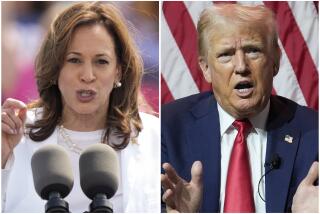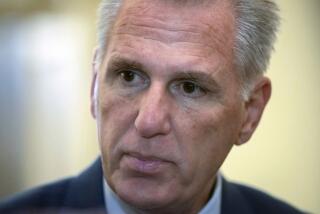Government shutdown projected to cost U.S. economy $3 billion

The longest-ever government shutdown cost the federal government $11 billion in lost economic activity, although about $8 billion of that will be made up in additional economic activity as back pay goes out to federal workers, the Congressional Budget Office said in a report Monday.
The shutdown is projected to lower America’s gross domestic product by $3 billion in the fourth quarter of 2018, as well as by $8 billion for the first quarter in 2019, the CBO said. But the economy will grow about $8 billion faster in the next two quarters than it would have without the shutdown, muting its long-term effect.
As a percentage of the overall economy, the impact of the shutdown is small -- just 0.2% of GDP for the first quarter of 2019. But, the CBO notes, “underlying those effects on the overall economy are much more significant effects on individuals, businesses and workers.”
The CBO also projected Monday that the American economy would grow by 2.3% in 2019 as the temporary boost from the Republican tax law and other new federal spending begins to fade.
The U.S. economy expanded by 3.1% in 2018, in part because of the tax cut and increase in federal spending passed by Congress that year. But the effect of the tax cut will be more muted in 2019, according to the CBO, which also projected gross domestic product will only grow by an average of 1.7% through 2023.
The report comes amid fears of a global economic slowdown as well as ongoing trade tension between the United States and China and the lingering impact of the longest government shutdown in American history.
The CBO projects the economy only growing by 1.7% in 2020, a presidential election year.
“Growth in business fixed investment, which contributed almost one-third of the GDP growth in 2018, is expected to slow markedly this year as the effects of the 2017 tax act on investment moderate,” the CBO’s report states.
Last year, the economy grew at an annualized rate of 4.1% from April to June in the fastest expansion since 2014. Trump celebrated the news as a victory for his administration’s economic policies, though economists warned the jump could prove a temporary blip rather than a new normal.
New trade barriers between the United States and its trading partners are also expected to have a modest downward pull on the overall economy. These new tariffs will reduce GDP by 0.1% by 2022, and by 0.1% by 2029.
More to Read
Inside the business of entertainment
The Wide Shot brings you news, analysis and insights on everything from streaming wars to production — and what it all means for the future.
You may occasionally receive promotional content from the Los Angeles Times.










